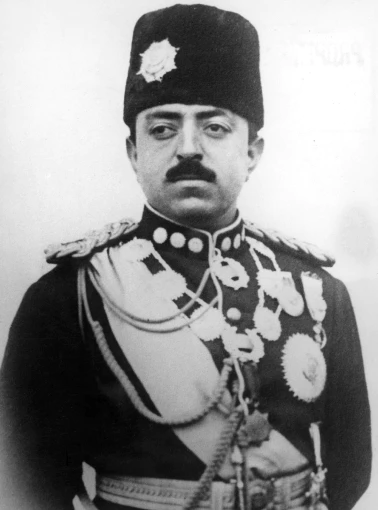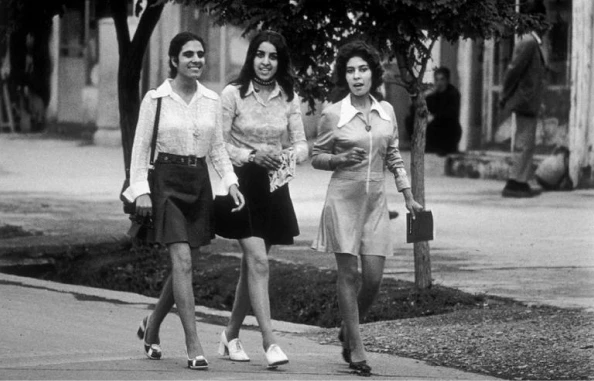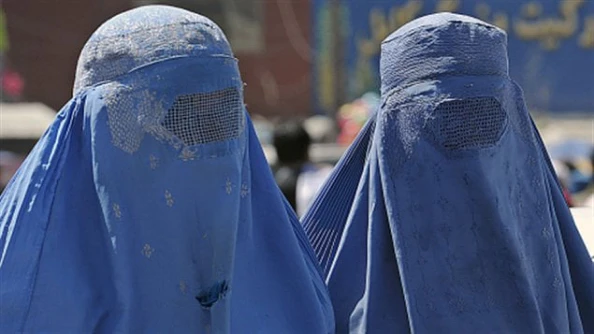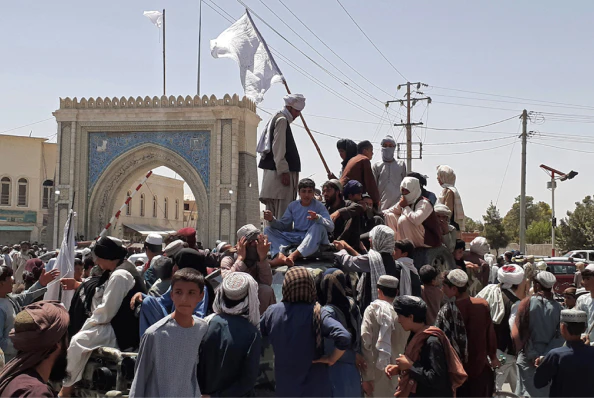Women’s history in Afghanistan
Women’s rights are constantly evolving, for the better, but often for the worse.
1920s-1960s : a slight improvement
In the 1920s, some reforms changed the conditions of women’s lives. This was thanks to King Amanullah Khan, who was in power in Afghanistan between 1919 and 1929. His aim, when he was in power, was to improve the lives of Afghan women.

The first changes are the banning of forced marriage for young people, and a minimum age for marriage. Then he wants to ban the veil for women, but also polygamy for men. His wife, Soraya, was very supportive in all these steps. Together, they created three foreign language schools.
These many changes were not appreciated by a large part of the population, but especially by men, who still wanted to be superior to women in society. This had repercussions on the king, who abdicated in 1929. In the years that followed, there were no changes in the lives of Afghan women.
It was in the 1960s that we noticed an evolution for women. In 1964, they obtained the right to vote and the right to stand for election. They then obtained the right to teach at university, whereas until then, universities had been reserved for men. Thanks to the studies they could now do, Afghan women were able to attain new professions such as doctor and teacher.
"Before the 1964 Constitution, women did not have an important place in the social, economic and political life of the country."
During these years, women are free to go out without a veil, but above all without a man, whereas before this was not the case, they had to go out accompanied by a male member of their close family. But this right was reserved for women from a privileged social class and only in the capital of Afghanistan, Kabul. In 1978, this right was extended to all women and the whole country.

1996s-2001s : a regression
In 1996, everything was turned upside down when the Taliban came to power. While women had fought for all these rights, they were to lose them. Afghan women must now wear the burqa, which is a full veil, covering the whole face and body, leaving nothing visible, not even the eyes.

They can no longer study or work, all their leisure activities are forbidden, and they can no longer go out alone in a man’s house, at the risk of being whipped in public.
2001s-2021s : women recognized in society
In 2001, the Taliban was no longer in power. A Ministry of Women’s Affairs will be created in Afghanistan in these years. The organisations will act to give back the rights to women. They will very quickly regain them, for example with the right to study in schools and universities, sometimes mixed with men, which had never been seen before. More and more women are present in administrations and political life.
Despite all these developments, many girls do not go to school, so there is unequal access to education. And domestic violence is still widespread in Afghanistan.
2021s : a relapse without limits?

On August, 15th, 2021, the Taliban returned to power in Afghanistan. Once again, women have lost all their rights, such as going out unaccompanied by a man.
But the Taliban repeat that they will not make women live the same life as in the years when they were in power. For the time being, Afghan women can still study in schools and universities, but only if a woman teaches the class or an older man does.
Key dates in Afghanistan
King Amanullah Khan in power
1919s - 1929sKing Amanullah Khan to abdicate
1929sWomen’s right to vote /
right to education in universities
1964s
Taliban come to power
1996sTaliban removed from power
2001sTaliban regain power
August, 15th, 2021Let yourself be carried away by the story of a militant feminist.
Read the following article